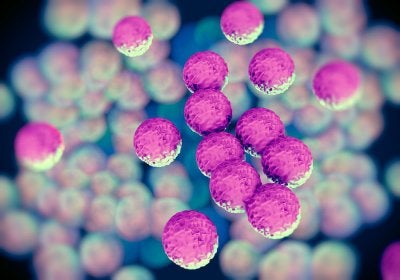When your sewer line becomes clogged or broken, you may find that your living spaces are flooded with sewage water. Untreated sewage water poses a serious health risk, so it is highly important to contact a company offering bacteria testing in San Francisco to determine whether your home has been contaminated. When you schedule your bacteria testing, you may also want to schedule a mold test for your flooded indoor spaces. With the services of remediation professionals, you will be able to restore your home to safe condition in no time flat. Let’s take a look at some of the bacteria that may show up on a bacteria test after a sewage backup.
Parasitic Bacteria
Parasitic bacteria are among the most common types of bacteria that you may find in raw sewage . Parasites occur naturally in human fecal matter, and can continue to live once they enter a

wastewater supply. Fecal coliforms are some of the parasitic microorganisms that may show up when your home is bacteria tested after a sewage backup.
Pathogenic Bacteria
The term pathogenic bacteria is used to describe any type of bacteria that causes illnesses in human beings. There are many different pathogenic bacterium that are found in sewage water. Some of the most recognizable pathogens in sewage include Salmonella, E. coli, and Streptococcus. If you or a loved one comes into contact with one of these pathogens, serious illness could occur. By scheduling bacteria testing, you can ensure that you and your loved ones are safe from pathogens.
Saprophytic Bacteria
Saprophytic bacteria feed on decomposing organic materials. For this reason, saprophytic bacteria are an important part of the composition of wastewater. These bacterium help to break down solid waste so that it can move more easily through your plumbing system. If one of more of these types of bacteria is detected in your home, your technician will be able to help you completely eliminate the contamination.

